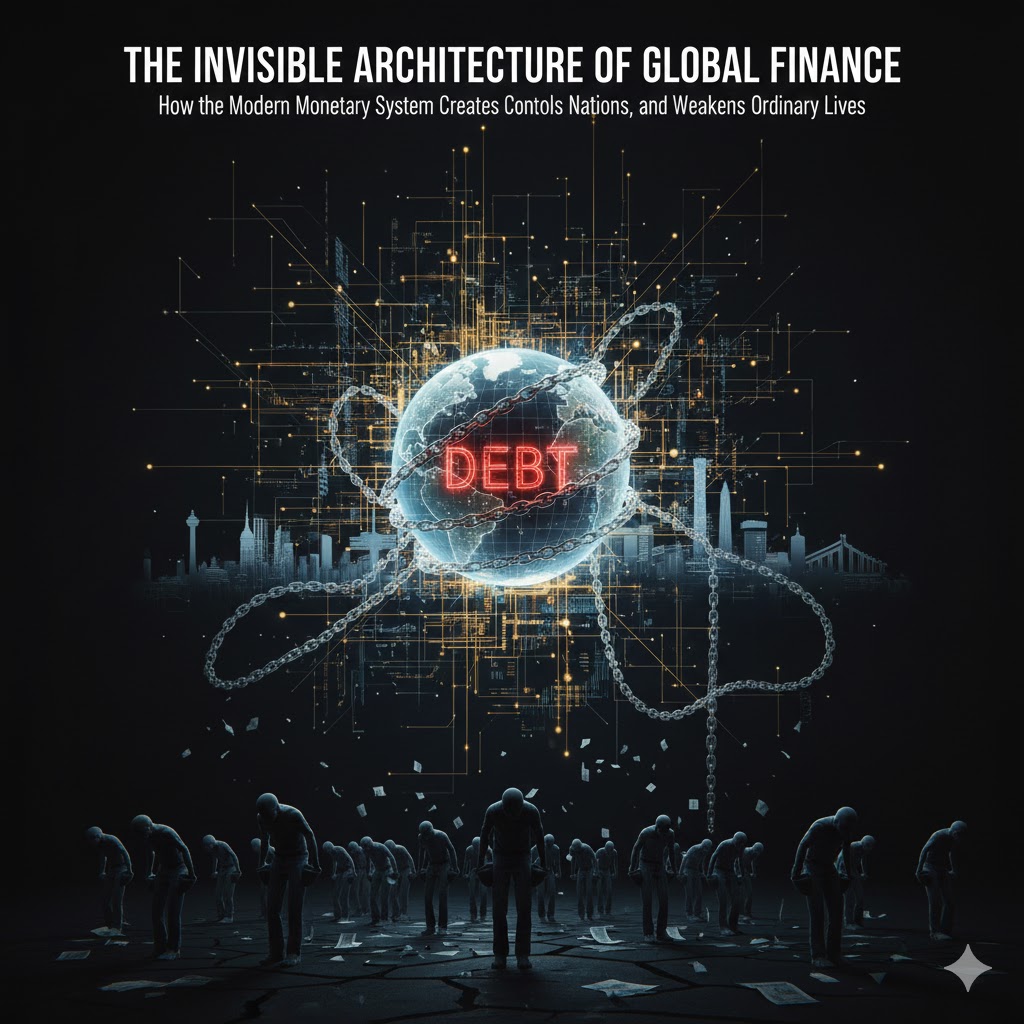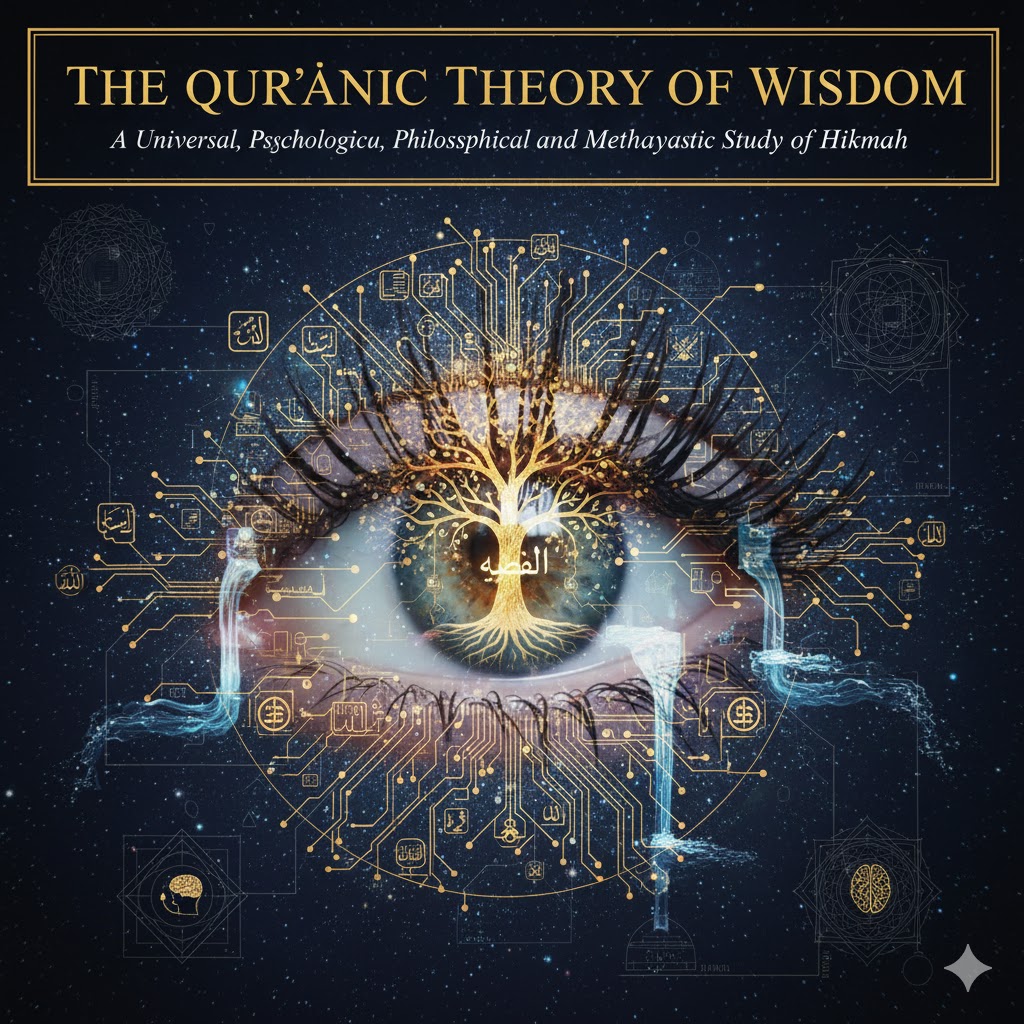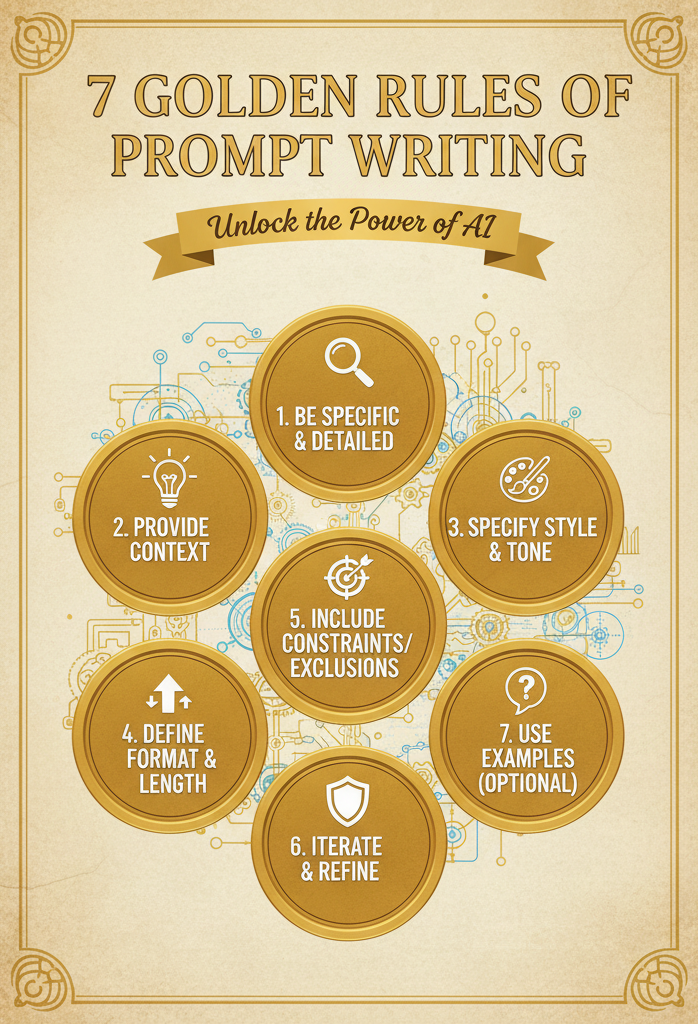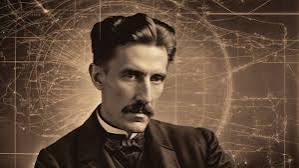Introduction
When discussing all-time tech geniuses, one name often stands out above the rest: Nikola Tesla. Tesla’s innovations in electrical engineering, his visionary ideas, and his contributions to the development of modern technology have cemented his place as a legendary figure in the history of science and technology.
Early Life and Education
Birth and Early Interests:
Nikola Tesla was born on July 10, 1856, in Smiljan, Croatia, then part of the Austrian Empire. From a young age, Tesla showed an extraordinary aptitude for mathematics and an intense curiosity about the natural world.
Formal Education:
Tesla studied electrical engineering at the Technical University of Graz and later attended the Charles-Ferdinand University in Prague. Though he did not complete his degree, his time at these institutions laid the foundation for his later work.
Groundbreaking Innovations
Alternating Current (AC):
Tesla’s most famous and impactful contribution is the development of alternating current (AC) electricity, which became the standard for electrical power transmission and distribution. AC power, unlike direct current (DC), could be transmitted over long distances with less power loss, making it far more efficient.
The War of Currents:
Tesla’s AC system competed directly with Thomas Edison’s DC system, leading to the famous “War of Currents.” Ultimately, Tesla’s AC system prevailed, revolutionizing the way electricity was generated and distributed and powering the modern electrical grid.
Transformers and Induction Motors:
Tesla invented the Tesla coil, which laid the groundwork for wireless transmission of electrical energy. He also developed the induction motor, which uses electromagnetic induction to convert electrical energy into mechanical energy. These inventions are fundamental to many modern technologies.
Radio and Wireless Communication:
Tesla made significant contributions to the development of radio and wireless communication. Though Guglielmo Marconi is often credited with the invention of the radio, Tesla’s patents and theoretical work were crucial in laying the groundwork for modern radio technology.
Other Innovations:
Tesla’s creativity extended to numerous other fields, including X-ray imaging, remote control, and even early concepts of radar and wireless energy transfer. His forward-thinking ideas often anticipated future technological developments by decades.
Visionary Ideas and Later Life
Wardenclyffe Tower:
Tesla envisioned a world where wireless transmission of electricity could provide free energy to everyone. His ambitious project, the Wardenclyffe Tower, aimed to demonstrate this concept, but it ultimately failed due to lack of funding and skepticism from investors.
Challenges and Setbacks:
Despite his brilliance, Tesla struggled with financial difficulties and was often overshadowed by other inventors like Edison and Marconi. He spent his later years in relative obscurity, living in a New York City hotel room.
Legacy:
Tesla died on January 7, 1943, but his legacy lives on. His contributions to electrical engineering and his visionary ideas continue to inspire scientists and engineers. Tesla’s work laid the groundwork for many modern technologies, and his name is synonymous with innovation and ingenuity.
Conclusion
Nikola Tesla’s genius and his contributions to technology are unparalleled. His work in developing AC electricity, transformers, induction motors, and wireless communication has had a profound and lasting impact on the modern world. Tesla’s visionary ideas and relentless pursuit of innovation make him one of the greatest tech geniuses in history, whose legacy continues to influence and inspire future generations.








